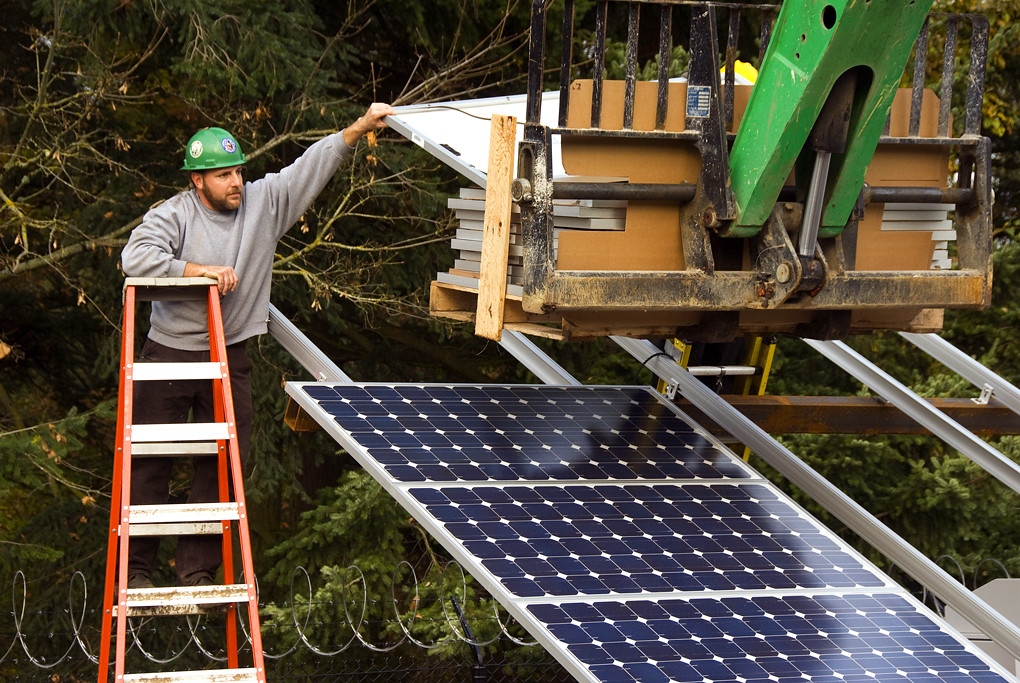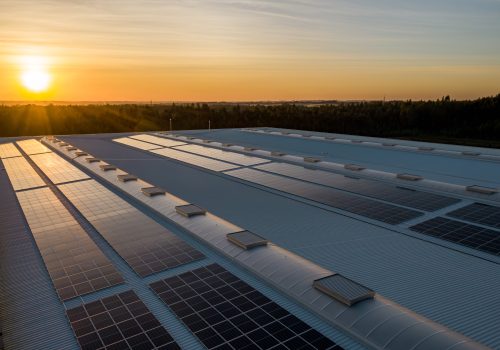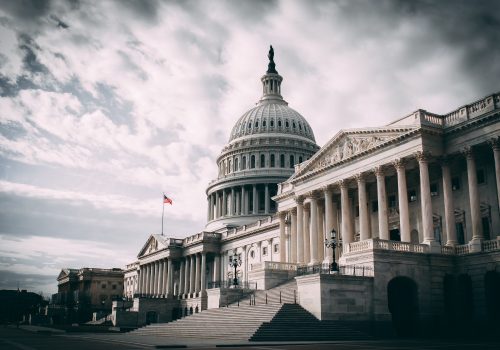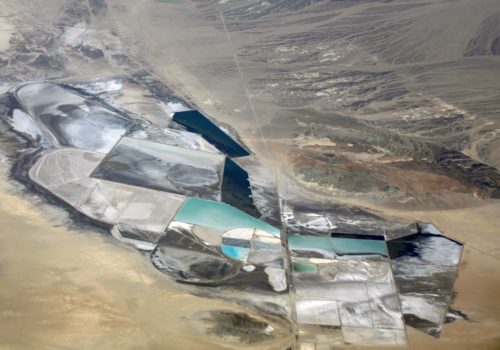The Inflation Reduction Act (IRA) aims to create US jobs by investing heavily in clean energy. Tied closely to the administration’s energy transition agenda–which includes fully decarbonizing the grid by 2035 and achieving net-zero emissions by 2050–the IRA is both a US climate leadership bill and a jobs bill, and its provisions could require creating up to 9 million new jobs across the United States over the next decade. Ultimately, the goals of the IRA will be impossible to deliver effectively and on time without growing and upskilling the US labor force.
The IRA’s tax incentives have stimulated private sector investment at scale; $271 billion of utility-scale clean energy and $50 billion of new electric vehicle (EV) supply chain investments have been announced since the legislation’s passage. But new projects require workers to bring them to fruition. Already, signs of disconnect between labor demand and labor availability are starting to show.
Labor force bottlenecks
In an industry survey, nine-in-ten US solar companies reported difficulties in finding the skilled labor they need, creating obstacles for new installations. The three fields with the largest demand driven by decarbonization–builders, factory workers, and electricians–are already facing stark labor shortages. Estimates suggest the construction and manufacturing sectors face deficits of 413,000 and 764,000 workers, respectively. The United States is currently short up to 80,000 electricians, and will require an additional million to meet its climate objectives over the next ten years. In a US labor market at 3.6 percent unemployment, new industries that require advanced skills could face particularly significant challenges.
Insufficient labor could delay timelines and drive up costs for clean energy projects, negating renewables’ cost advantage in the marketplace and the ‘Inflation Reduction’ core of the legislation. Policymakers must find ways of retaining current workers and attracting younger populations to the clean energy trades, which will require robust education and training programs.
Transitioning workforces
Upskilling for decarbonization is an imperative for a just energy transition. At the same time, the fossil fuel labor pool in the United States will be an important source for the new workforce that a clean energy economy will need. Around 1.7 million people are directly employed in the US fossil fuel industry, and will require new employment opportunities as that sector approaches its peak. Clean energy in the United States is experiencing job growth across all fifty states, with notable fossil fuel-producing states California, West Virginia, and Texas experiencing the most growth, adding over 25,000 jobs combined.
Transitioning fossil fuel communities to clean energy comes with unique challenges. Disparities in pay could stymie efforts to accelerate this transition. Salaries in green energy are lower than in the hydrocarbon industry; the median annual salaries for solar panel installers and wind turbine technicians are $47,670 and $56,260 respectively, compared to $70,340 for petroleum pump system and refinery operators. Unionization in the renewables sector has lagged, partly explaining the lower rate of pay. Moreover, the transition will not necessarily create a one-for-one replacement of fossil fuel jobs. Wind and solar farms require fewer workers to operate, and 24-hour staffing is not needed.
To avoid these unintended consequences for the US energy workforce, upskilling and economic diversification are essential. Proactive efforts are needed to engage communities to enable their participation in the clean energy economy, such as through manufacturing, redeveloping retired power plants, mining for critical minerals, developing nuclear and renewable energy projects, and cleaning up pollution left at abandoned mines. If done correctly, fossil fuel communities can be enlisted to power the clean energy transition.
Recommendations
To alleviate the bottlenecks created by a lack of skilled labor and advance a just energy transition, federal, state, and local policymakers should engage in public-private partnerships with clean energy providers to create workforce academies. Such programs have precedence. In Atlanta, for example, five major corporations seeded funding to start the Center for Workforce Innovation for industries with high demand for skilled labor. Public-private partnerships in workforce training have the dual benefits of splitting costs for taxpayers with the firms which will benefit while also ensuring that the skills acquired line up with market demand.
Exchanging best practices with international partners can help standardize information about what skills are needed for the energy transition. Collaborating with the European Union–which is introducing a Net-Zero Europe Platform to foster shared learning among member states and industry stakeholders to organize clean energy workforce academies–could be particularly valuable to this end. Convening the European Union and other partners under a clean energy skills forum could galvanize upskilling efforts at home and abroad.
In addition, visa backlogs, processes, and quotas limit the number of workers from abroad who can contribute to US clean energy industries. On one end, 38 percent of the nation’s foreign-born construction laborers are undocumented immigrants. On the other, over 74 percent of US graduates in electrical engineering are international students, many of whom are unable to remain in the United States after graduation.
In addition to upskilling domestic workers, the United States must attract skilled workers to build out the required labor force for its clean energy transition. The Biden administration has attempted to break this cycle by providing student visas for foreign-born, STEM-educated international students to work in the United States for up to three years post-graduation.
More can be done to streamline this process. For example, Canada created an Express Entry system in 2015, allowing high-skilled foreign nationals to become permanent residents in a year, and the number of Indian STEM masters students studying in Canada rose by 182 percent between 2016 and 2019. Last week, Ottawa announced that the system would focus on attracting workers skilled in trades deemed critical to the Canadian economy, including construction. Likewise, expanding the number of non-university educated workers coming into the country who can alleviate shortages for electricians, builders, and factory workers, is also critical for US efforts to build out its clean energy arsenal.
Delivering on the IRA must happen now
The timeline to achieve the United States’ 2030 decarbonization goals is quickly approaching. In order to ensure that such a transition to clean energy to achieve net-zero by mid-century can happen, upskilling and growing the US labor force for the clean energy transition is a must for delivering the economic and climate objectives of the Inflation Reduction Act.
Paddy Ryan is an assistant director at the Atlantic Council Global Energy Center and the editor of EnergySource
Maia Sparkman is an assistant director at the Atlantic Council Global Energy Center
Meet the authors
Related content
Learn more about the Global Energy Center

The Global Energy Center develops and promotes pragmatic and nonpartisan policy solutions designed to advance global energy security, enhance economic opportunity, and accelerate pathways to net-zero emissions.
Image: Solar panel installation in Oregon






